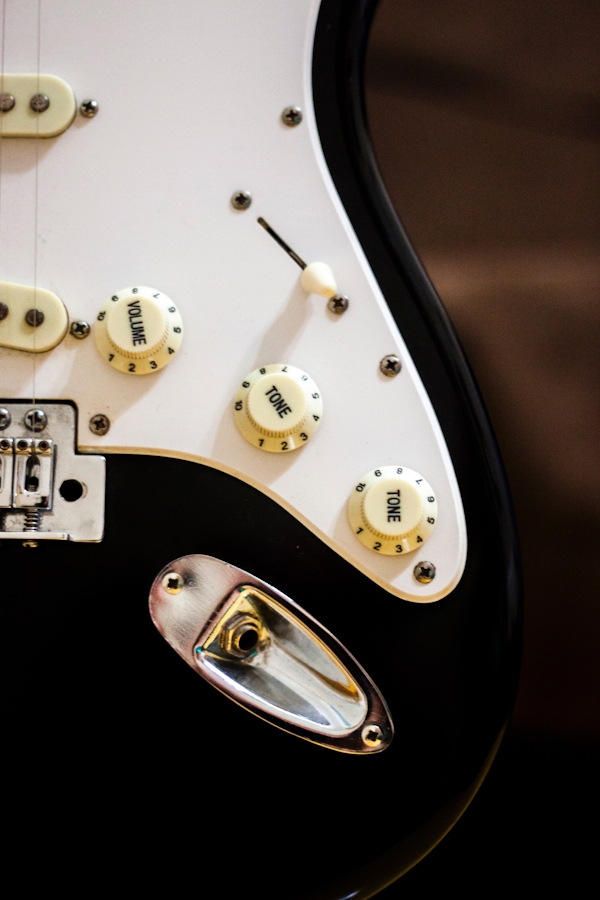How many times do you change clothes in the course of a day? Two? Three? Four? I tried this on myself recently. Upon waking up, I slip on my robe and flannel sleep pants – that’s one. After a morning shower I put on whatever clothes will be appropriate for the day, whether it’s going out for meetings or staying in front of the computer all day – that’s two. As the day winds down I may shift into “yard work” mode, or go for a walk or do some form of exercise, requiring another change – that’s three.

Then before dinner, another quick change into something comfortable for the evening, usually involving sweat pants and a pull over – that’s four. Throw in a night out for dinner and you get one more change – that’s five! Changing clothes five times in the course of one day may, on the surface, seem a bit excessive – but the truth is, each set of attire serves a specific and distinct purpose. You wouldn’t wear your robe and flannels to a business meeting; and your business meeting outfit might not be the top choice for lounging around the house in the evening.
An electric guitar is much the same. It has the ability to “change clothes” by use of a selector switch. And like the above example, each change – or setting – can serve a specific and distinct tonal purpose.

In order to understand the tonal choices available with a pickup selector switch on an electric guitar, it is first necessary to understand how the switch works and why.
The pickup selector switch is connected to the guitar pickups, and gives the guitar player the ability to choose various combinations of pickups at any given time. Each combination of pickups produces a different tone that the guitarist may want to use for the particular song they are playing.
Although there are many numerous types of selector pickup selector switches on a wide variety of electric guitars, a good understanding of the subject can be gained by taking a closer look at two of the most common guitar models on the market. These are the Gibson Les Paul and the Fender Stratocaster. Each of these two legendary guitar models has its own legion of loyal supporters who espouse the merits of one over the other Many guitarists see the tonal importance of each and insist on having both available for any situation. . In addition, there are countless guitar manufacturers that produce guitars that emulate one or another of these two famous models.
The differences between the Strat and the Les Paul are many, and literally the topic for another discussion, so let’s just take a look at the differences in pickup selector switches between the two.
The standard “Les Paul” type guitar typically is built with a two “humbucker” pickups configuration. In this setup there is a “neck” pickup, and a “bridge” pickup. A neck pickup is, as the name implies, the pickup that is located closest to the neck or fret board of the guitar. The neck pickup produces a “darker” of “full bodied” tone. The bridge pickup is, also as the name implies, the pickup that is located closest to the bridge of the guitar, and produces a “brighter” or “thinner” tone. The selector switch on a Les Paul style guitar is normally a three position or “three way” switch. The three combinations of pickup selections available with the three way switch are as follows:

Position 1 – Activates only the neck pickup
Position 2 – Activates only the bridge pickup
Position 3 – This middle switch position activates a combination of the two pickups
The standard “Strat” style guitar is typically built with a three “single coil” pickups configuration.
In this setup there is also a neck pickup and a bridge pickup, but there is also a middle pickup as well.
The selector switch on a Strat style guitar is normally a five position or “five way” switch. The combinations of pickup selections available with the five way switch are as follows:

Position 1 – The switch in the most downward position activates the bridge pickup only
Position 2 – The next position activates a combination of the bridge and middle pickups
Position 3 – This middle position activates only the middle pickup by itself
Position 4 – This position activates a combination of the neck and middle pickups
Position 5 – This position activates the neck pickup only
A neat trick on the Strat style pickup selector switch is to place the switch in the “in between” position. It’s a little tricky to find, but by wedging the switch “in between” either positions 1 and 2, or positions 4 and 5 – you can get an additional couple of “out of phase” tones. This is a technique made famous by Jimi Hendrix and, in essence, turns a five way switch into a seven way selector!
Whether playing a Les Paul style, Strat style, or one of the many other numerous models on the market – the pickup selector switch gives the guitarist the ability to, tonally, “change clothes” on the fly. Which selector position should you use? It depends. It’s really a matter of personal interpretation. Different songs call for different tones, and many times you will use different combinations of pickups within the same song. The key is to play around with all of the tones you have available and find whatever works best for you.
Some players get caught in a rut and get comfortable keeping the pickup selector in the same position all the time. Don’t let that be you. Always keep in mind the tonal “change of clothes” you have available to you at the flip of a switch, and keep your playing fresh and interesting by “slipping into something more comfortable”, or getting “all dressed up”, whenever the mood strikes!




